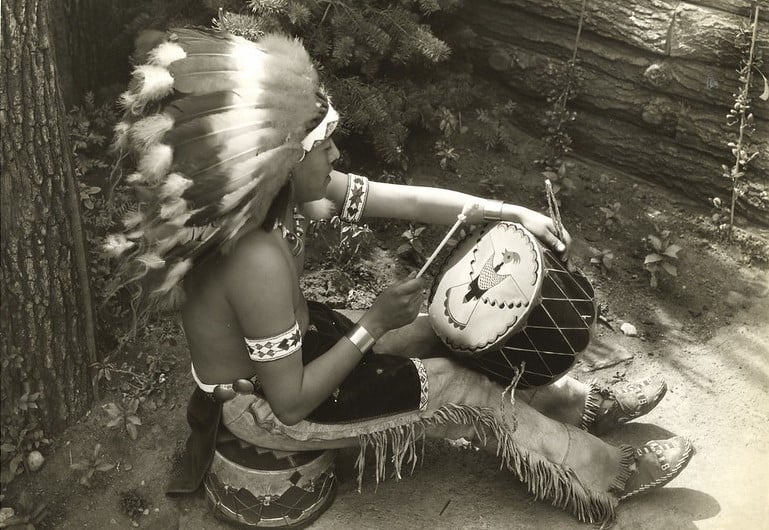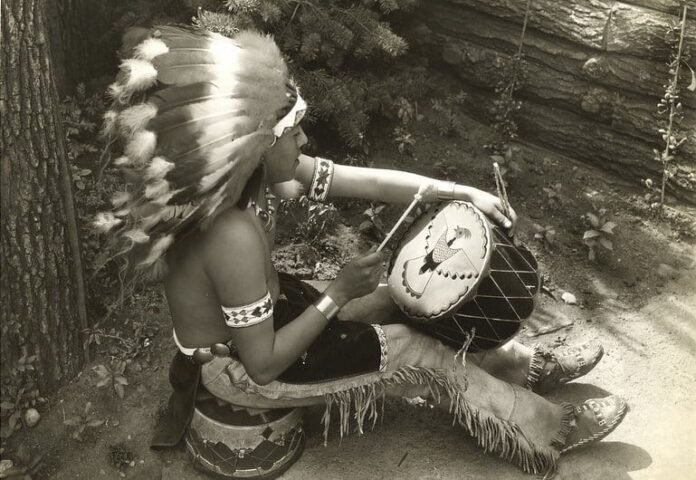
Archaeologists have uncovered an ancient settlement in central Canada that could reshape understanding of early America’s Indigenous life. The site, known as Âsowanânihk, is estimated to be around 11,000 years old, making it one of the oldest known settlements in North America. This discovery challenges the belief that Indigenous people in the region were strictly nomadic.
The name Âsowanânihk means “a place to cross” in the Cree language. The site, located in Sturgeon Lake First Nation (SLFN) territory, contains stone tools, firepits, and bison bones, suggesting long-term habitation. Researchers say the findings indicate that people may have established organized communities in central Canada much earlier than previously thought.
Evidence of a settled community
Dave Rondeau, an amateur archaeologist, first identified the site in 2023. Radiocarbon dating of charcoal from a hearth revealed it to be about 10,700 years old, placing human activity there just after the last ice age ended.
“This site is shaking up everything we thought we knew and could change the narrative of early Indigenous civilizations in North America,” Rondeau said in a statement on Feb. 4.
Archaeologist Glenn Stuart from the University of Saskatchewan, who is involved in the project, stated that a huge firepit suggests repeated or continuous use over time. The discovery of bison bones, including remains of the extinct Bison antiquus, indicates that the site was more than just a temporary hunting camp.
“This indicates that people arrived in this location as soon as it was habitable,” Stuart told the website LiveScience, “and then continually reoccupied the site for thousands of years. Ancestral First Nations have been living in the area west of [the city of] Prince Albert for as long as it has been possible to live in the area.”
A deep connection to Indigenous history
SLFN Chief Christine Longjohn emphasized the significance of the discovery for Indigenous communities.
The Âsowanânihk Council, which includes Elders, Knowledge Keepers, and educators, is working alongside archaeologists to study and protect the site. First identified as it eroded from a riverbank, the village now faces potential destruction due to logging in the area.
“This discovery is a powerful reminder that our ancestors were here, building, thriving, and shaping the land long before history books acknowledged us,” said Chief Longjohn.
“For too long, our voices have been silenced, but this site speaks for us, proving that our roots run deep and unbroken. It carries the footsteps of our ancestors, their struggles, their triumphs, and their wisdom. Every stone, every artifact is a testament to their strength. We are not just reclaiming history—we are reclaiming our rightful place in it.”
Efforts are underway to preserve the settlement and ensure its significance is recognized both as a scientific breakthrough and as a lasting symbol of North America’s Indigenous heritage in Canada.
